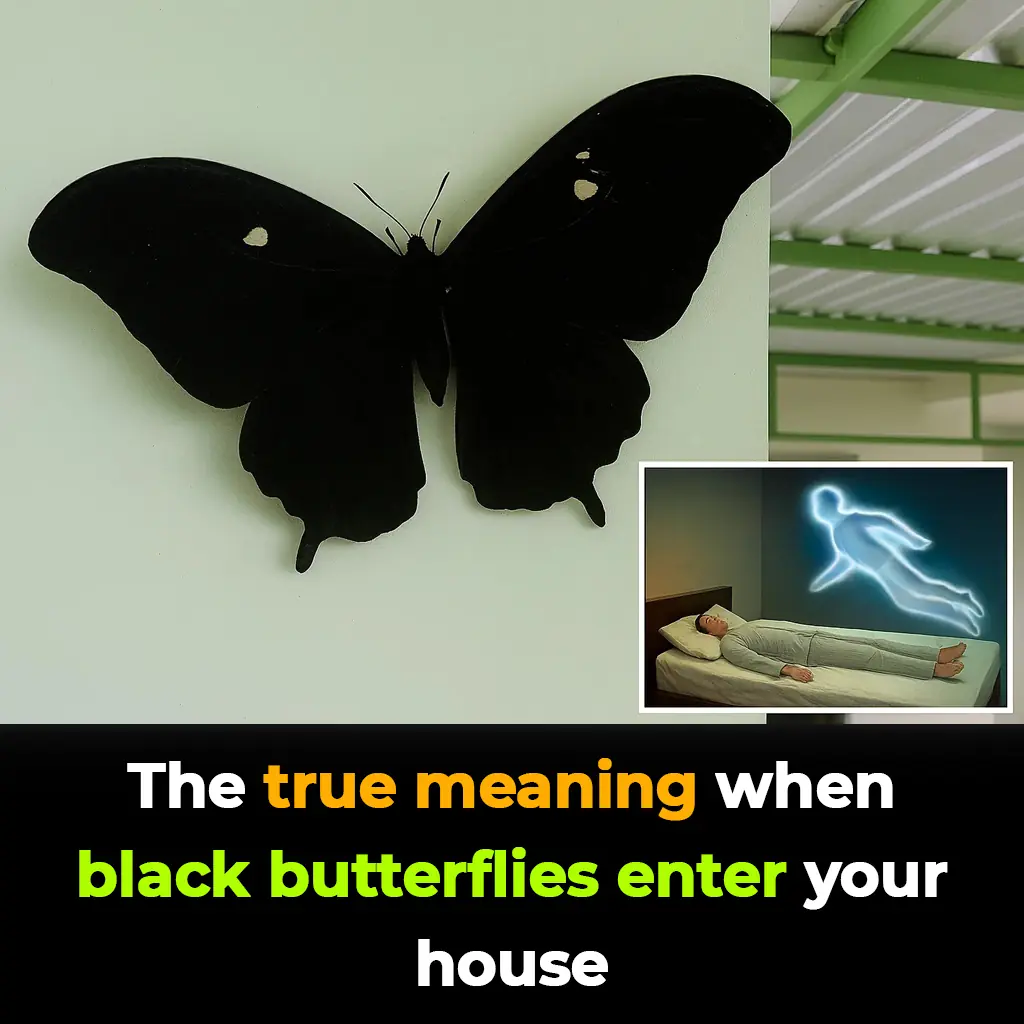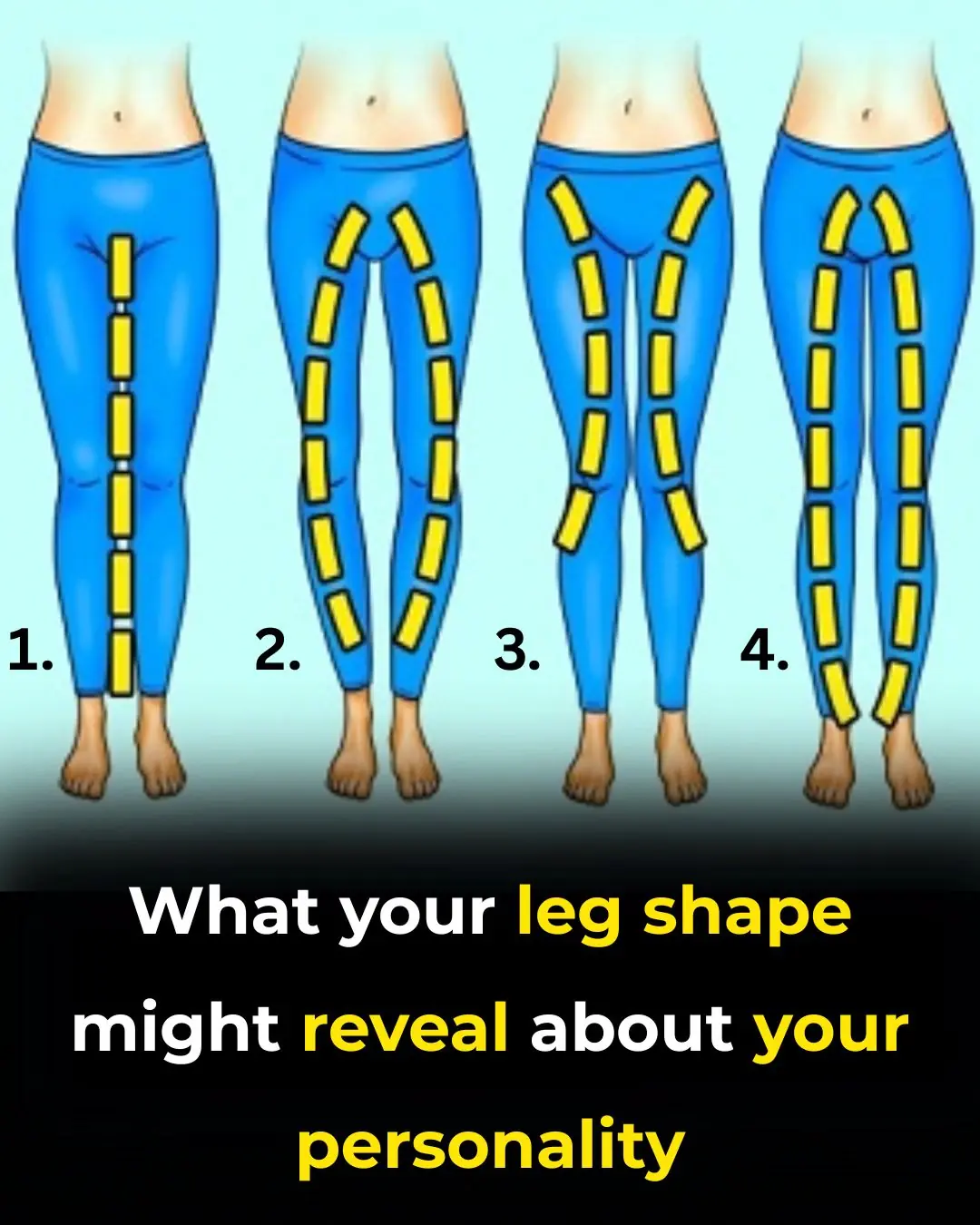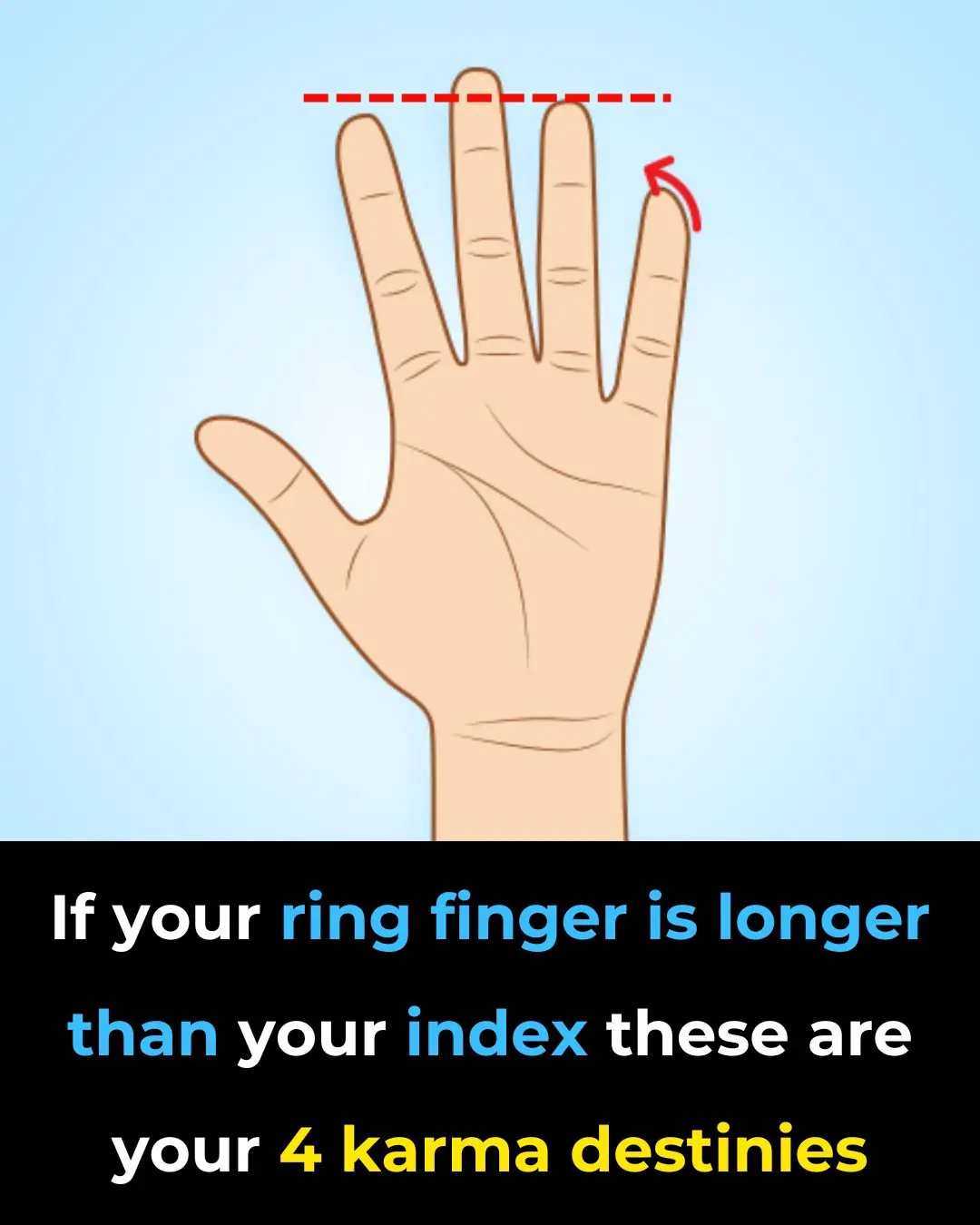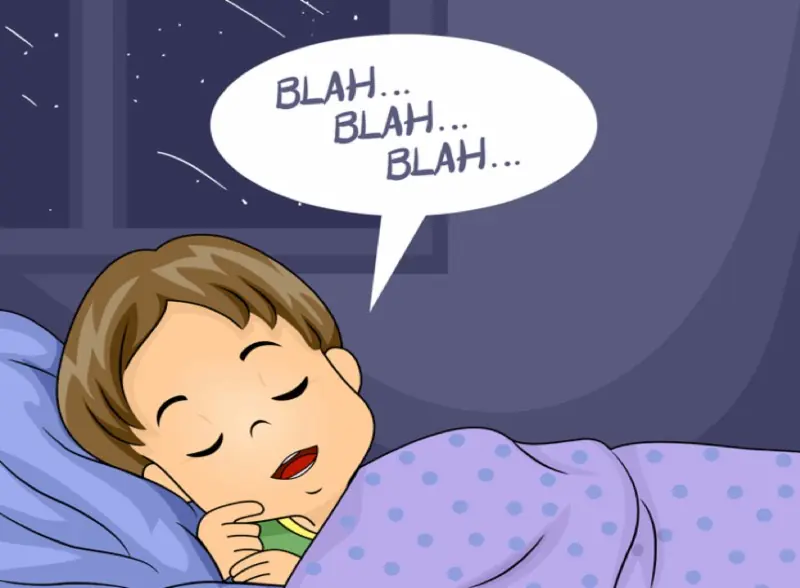
Sleeping Position With Your Partner

As humans, we spend a significant portion of our lives asleep. In fact, by the age of 75, the average person will have spent around 25 years sleeping—that’s nearly one-third of our lifetime. We often think of sleep as mere downtime, a passive period where the body and mind shut down to recharge for the waking hours. But what if sleep isn’t just about rest? What if the way we sleep—especially beside someone else—reveals far more about us than we realize?
When we sleep, our unconscious mind takes over, free from the boundaries of social expectations, verbal filters, and the pressure to perform. That’s why our body language during sleep can offer subtle yet powerful insights into our relationships. Especially in shared beds, sleeping positions can quietly communicate emotional states, desires, and even unspoken tensions—sometimes more honestly than words ever could.
1. Head on Chest
If one partner lies on their back while the other rests their head on their chest, this position speaks volumes about emotional dynamics. The partner lying on their back usually radiates confidence, stability, and a protective presence. Meanwhile, the one resting their head may be seeking comfort, reassurance, or simply craving a sense of closeness.
This posture is especially common among new couples or those trying to reignite emotional or physical intimacy. It signals vulnerability and emotional trust, as well as a willingness to let one's guard down. For couples in long-term relationships, returning to this position after time apart or following a conflict can be a subtle way of reconnecting on an emotional level.
Added Insight: Interestingly, this position often coincides with slower heart rates and synchronized breathing between partners, which may help regulate emotions and deepen feelings of security.
2. Face-to-Face
Sleeping face-to-face is a strong, unconscious effort to maintain emotional closeness. It indicates a desire for connection, communication, and intimacy—even while unconscious. Eye contact during waking hours is a sign of emotional investment, and sleeping while facing each other mimics that same closeness in a quieter, more subconscious way.
If your partner suddenly shifts to facing you in bed after previously sleeping differently, it might be their way of subconsciously seeking reconnection. They may be feeling emotionally distant, or perhaps they just need reassurance or physical closeness.
Bonus Detail: If the couple also touches noses or foreheads during sleep, this extra contact can signify deep emotional alignment and comfort with vulnerability. If pelvic contact is involved, it can be an indicator of physical desire as well.
3. Spooning
Spooning is one of the most iconic sleep positions for couples and is often portrayed in romantic films as the ultimate sign of affection. Roughly 1 in 5 couples prefer this position, and it’s easy to see why—it offers physical warmth, emotional comfort, and a sense of unity.
-
The "big spoon" (the person on the outside) often plays a more protective or dominant role, offering a physical embrace that symbolizes security and attentiveness.
-
The "little spoon" typically enjoys the feeling of being comforted, cradled, or cherished.
Spooning requires a high level of physical intimacy and trust, as it exposes both partners to each other’s breathing, movements, and presence. It’s often favored by couples in the early or passionate stages of a relationship but can persist as a comforting ritual in long-term bonds.
Extended Thought: Some couples adopt "reverse spooning" (where roles are flipped), which can reflect a playful dynamic or evolving balance of emotional care and support in the relationship.
4. Knotted Up
Sleeping in a fully entangled position—arms and legs wrapped together, faces close, bodies touching throughout the night—might seem like a romantic ideal. But while it may signal deep passion or early-stage infatuation, it could also hint at emotional overdependence or a lack of personal boundaries.
This position can sometimes indicate a fear of separation or an unhealthy level of emotional enmeshment. However, if a couple begins the night closely intertwined but gradually shifts into more individual positions, that’s generally a sign of a healthy balance between intimacy and independence.
Added Perspective: Couples who "knot up" after a fight or emotional moment may be using this closeness as a wordless way to reconnect or heal a rift.
5. Back-to-Back (Facing Away)
At first glance, this position might seem like a sign of detachment, especially compared to more overtly affectionate ones. But in truth, sleeping back-to-back—especially with some physical contact—is often a sign of a mature and secure relationship.
It reflects trust, independence, and mutual comfort. Neither partner feels the need to constantly touch to prove their connection, and both are confident enough in the relationship to enjoy personal space.
That said, small touches—a hand brushing against a leg, the backs of the bodies lightly touching—still convey intimacy. These subtle signals show that even with physical space, emotional closeness remains intact.
Additional Note: If a couple once slept closely but begins sleeping rigidly apart with no contact at all, it may be worth reflecting on whether there’s an underlying issue or stress affecting the relationship.
Final Thoughts: Your Silent Sleep Language
The way we sleep alongside a partner can say far more than we might expect. In sleep, we’re not performing or pretending. We’re not consciously trying to protect feelings or send signals. Our bodies take over, and what they express can be surprisingly honest.
Whether it’s a protective embrace, a distant turn, or a quiet brush of the hands in the dark, these unconscious behaviors often reflect the true emotional state of our relationships—sometimes even before we’re ready to admit it out loud.
So the next time you wake up beside someone, take a moment to notice how you were sleeping. The silent language of sleep may be telling a love story—or sending a message—that’s waiting to be heard.
News in the same category


Research Shows Chocolate Milk is More Effective Than Energy Drinks

When Goosebumps May Be a Warning Sign

Effective Methods to Keep Ginger Fresh for Extended Periods

The Truth About Eating the Black Vein in Shrimp Tails

Steps to Take When Your Adult Children No Longer Show Respect

5 Most Common Deathbed Regrets, According to Palliative Care Nurse

Robert F. Kennedy is Reportedly Pushing to Ban All Sodas & Candy From U.S. Food Stamp Benefits. Thoughts?

Donald Trump Asks Supporters To Donate $15 To ‘Get Him To Heaven’

Why Are Mirrors Commonly Installed in Elevators? The Unexpected Benefits of Elevator Mirrors

9 things you should never plug into a power strip

The Spiritual Meaning of Black Butterflies Entering Your Home Revealed
Black butterflies carry meanings that are as complex as they are beautiful.

Add This Simple Ingredient to Your Mop Water and Keep Floors Shiny for Weeks
You don’t need fancy, high-priced cleaners to enjoy spotless, long-lasting results.

The Secret Use of the Tiny Hole in a Safety Pin Finally Revealed
That tiny hole in a safety pin is more than just decoration—it’s a brilliant example of how even the simplest tools can hold hidden design secrets. W

Unbelievable amount Trump’s net worth has risen since taking office for second term

What the Shape of Your Legs Might Say About Your Personality

Weird Toothed Part on Kitchen Scissors

Ring Finger Longer Than An Index Finger

The Story Behind Two Runaway Graves in Savannah Airport
News Post

Keep a garlic bulb by your bedside—the ‘golden’ benefits will make anyone want to try it

Throwing away coffee grounds is like throwing away money—these uses for coffee grounds are things every household needs

Soak yellowed pillow inserts in this, and no matter how dirty they are, they’ll come out bright and clean like new

Your unexplained fatigue and bloating could be intestinal parasites feeding off you right now

Mix Bananas, Honey and Water: Cough and Bronchitis Will Disappear

Forget 10,000 steps: Scientists prove 7000 steps gives you ‘almost identical’ life-saving benefits

What Is Sleep Talking?

Dandelion roots are the most important part of the plant

Why Is It Not Recommended To Hang Out The Clothes Outside

9 Things About Bledo Blanco (Amaranthus albus)

Farting Too Much at Night: Here’s What It Might Mean

What Foamy Urine Might Be Trying to Tell You

What Sleeping with Your Arms Crossed Really Says About You

5 Homemade Turmeric Face Washes for all Skin Type

3-Step Okra Skin Care: Get Rid of Wrinkles, Large Pores & Dark Spots

13 Powerful Leaves That Help Manage Diabetes Naturally

Seasoning powder and monosodium glutamate, which is the most harmful?

CCF Drink For Glowing Skin
